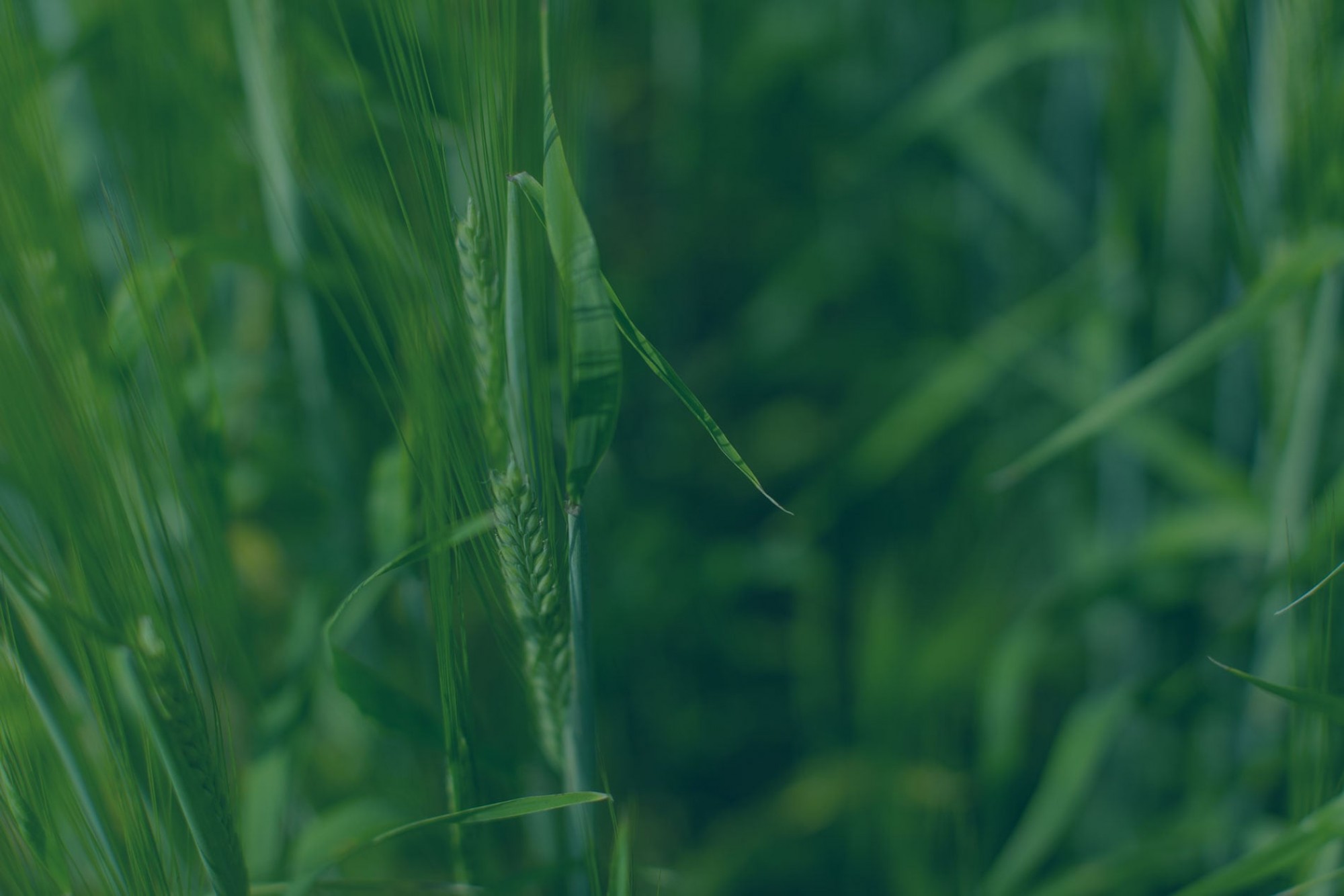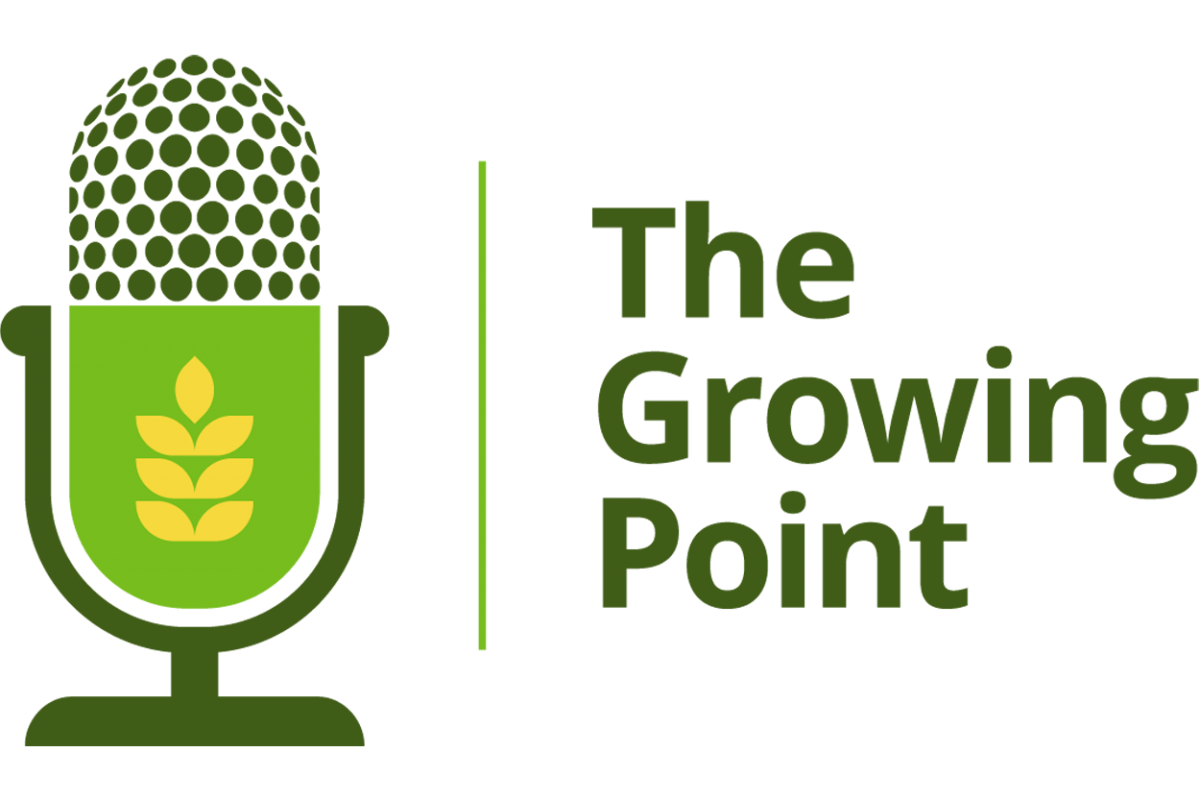Nitrogen carryover during drought conditions
Some parts of the province received less than average rain and saw lower yields than anticipated. A smaller crop utilized less of the applied and soil available nitrogen (N). This brings the question of:
• How much N is unused?
• How much N gets carried over to the next year?
The answer to the first question is straightforward. Use the Prairie Nutrient Removal Calculator to determine how much nutrients your crop removed this year. The difference between crop removal and available N is the amount that was not used by the crop.
The answer to the second question is more complicated. Carryover N depends on the amount of crop removal, the amount of mineralization in the soil and N loss between harvest and next spring. In drought conditions, a smaller crop removes less N. However, drought also reduces soil microbial activities, which causes less N to be released from the soil. The third factor, N loss from harvest to the next spring, can occur through volatilization, leaching, denitrification and run-off.
Soil sampling is the most accurate way to figure out the exact amount of N carryover. Areas receiving <60 per cent average rain and/or significantly less vegetative growth have an increased chance of N carryover. Growers in these areas should pay closer attention to potential N carryover. It is highly recommended to take soil samples in the fall just before freeze-up and follow the tips in this video.
Additional resources on N carryover
How much nitrogen will carry over to next year?Last season's drought could cause unpredictable soil nitrogen
